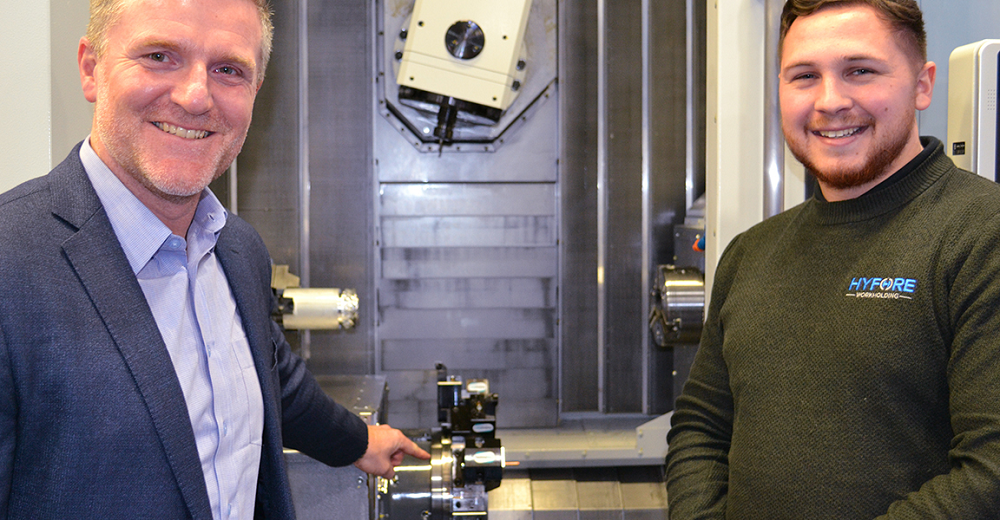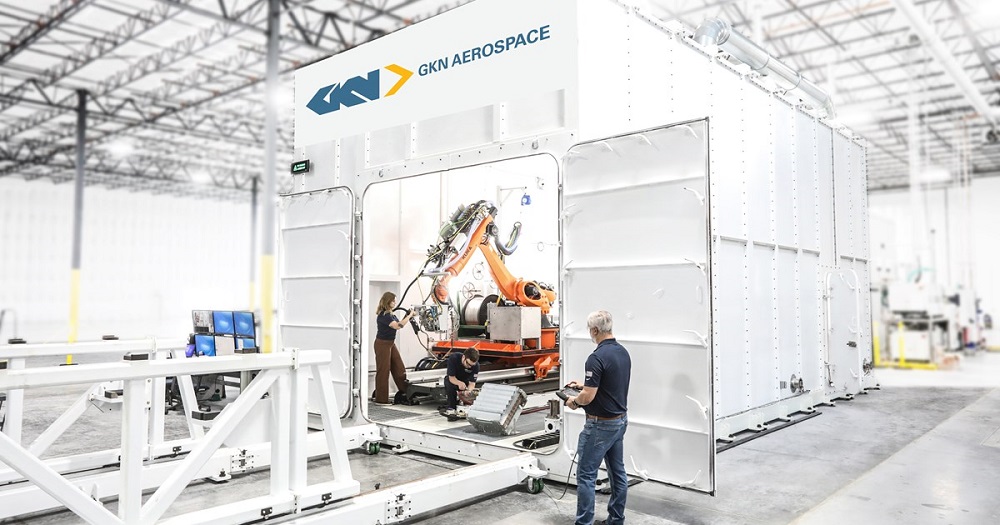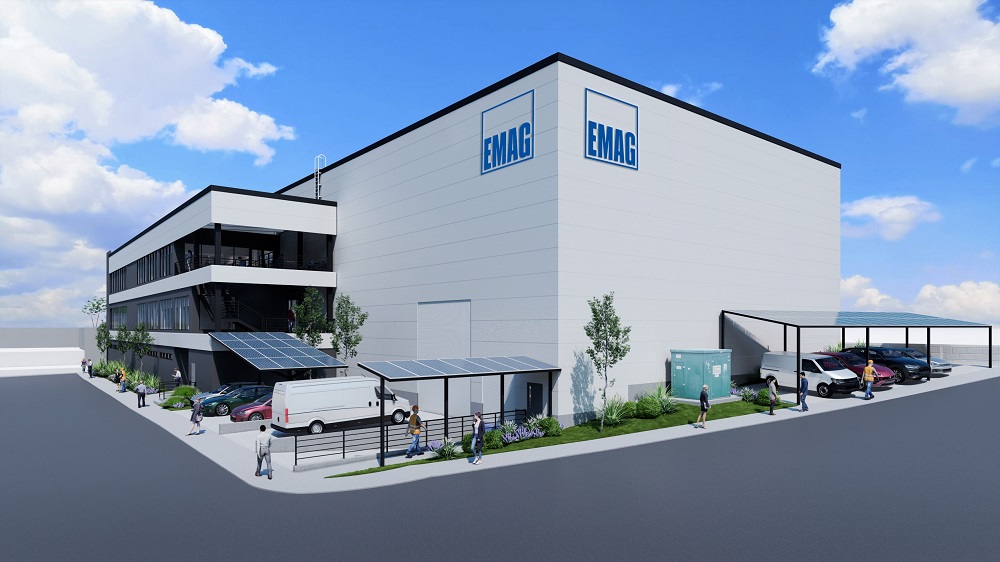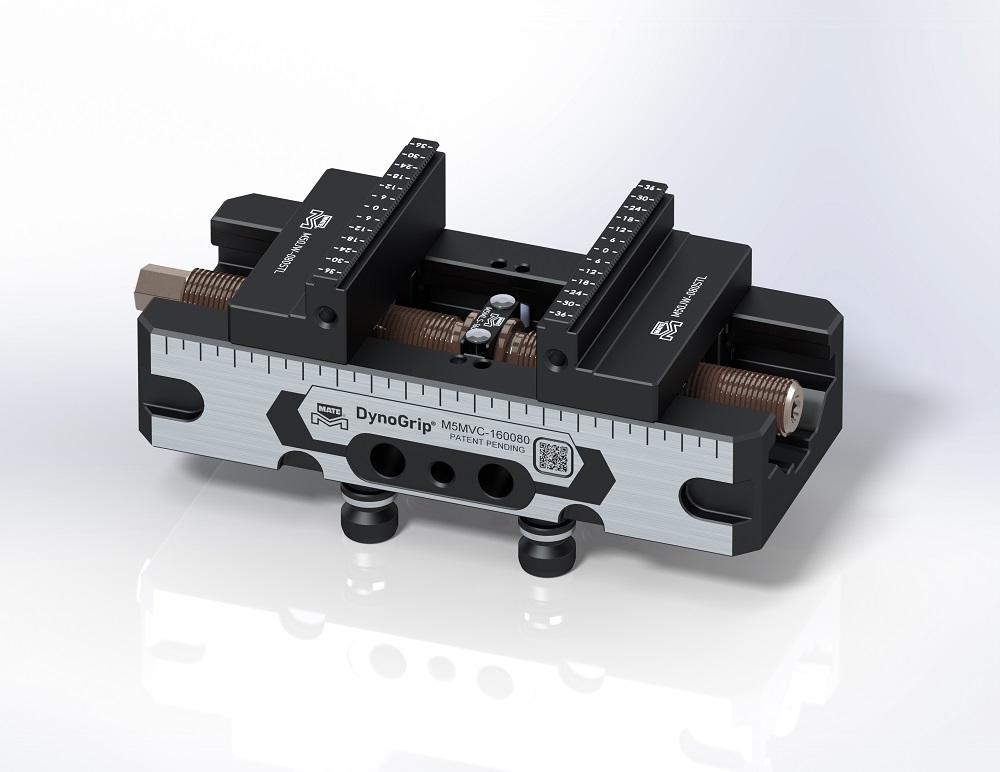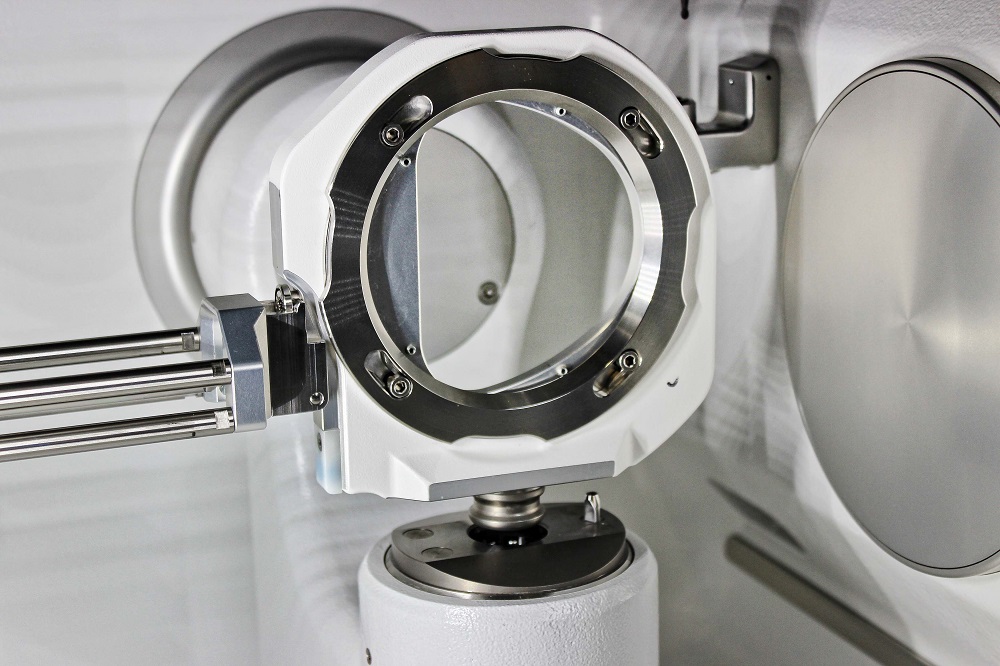With the recent announcement of Hyfore Workholding as the exclusive UK distribution partner for the Heimatec brand of precision tools and systems, Dirk Hund, head of sales from Heimatec Germany recently visited Hyfore Workholding in the UK to deliver in-depth product training.
Specifically, Hund visited Oli Riley, standard workholding product manager at Hyfore Workholding, to deliver in-depth product training on Heimatec tooling. The presentations and training included solutions for static and driven tooling for fixed-head and Swiss-type lathes.
Before the UK visit, the Hyfore UK team underwent comprehensive training sessions in Germany at Heimatec’s headquarters in Renchen. The programme consisted of in-depth training on how the manufacture, assembly and testing of Heimatec tool holders.Rileyalso had time to discuss the latest developments from Heimatec, gaining a deeper understanding of the behind the scenes processes and building relationships with the Heimatec team in Germany.
Commenting upon the exciting new partnership, Riley says. “I gained a great insight into the structure of the tool-holder units and their impressive build quality. I’m looking forward to imparting my new Heimatec product knowledge to new and existing customers throughout the UK.”
Hund adds: “Oli is a fast learner and picked up quickly on the advantages the Heimatec product portfolio offer, such as high-speed, advanced speeder technology, internal cooling solutions, high pressure versus standard pressure, customised solutions, Heimatec quick-change systems and more. We’re happy to collaborate with Hyfore Workholding and strongly believe we have found the right partner for future success in the fast-growing UK market.”
For further information www.hyfore.com







